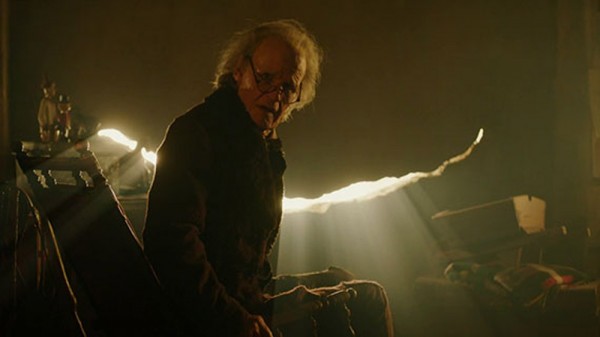Here at CultBox we are aware that the era of the Eleventh Doctor has been accused of being a tad confusing.
We are also aware that, if you were watching ‘The Time of the Doctor’ on Christmas Day, it is just possible that you had to endure an onslaught of enquiries from sizzled relatives, asking you to explain the plot. In the interest of public service, therefore, we have sought to summarise the story arc of the Eleventh Doctor…. And we think we’ve got it right, honestly we do.
But this being Doctor Who, where effect doesn’t always fallow cause, and where explanations can be delayed with an offhand ‘I’ll explain later’, some of this stuff can get a bit head-scratchy. So if what we have written frays at the edges, don’t flame us in the comments, just explain how it all makes sense to you.
Okay – are the rules of the game clear? In that case, here goes…
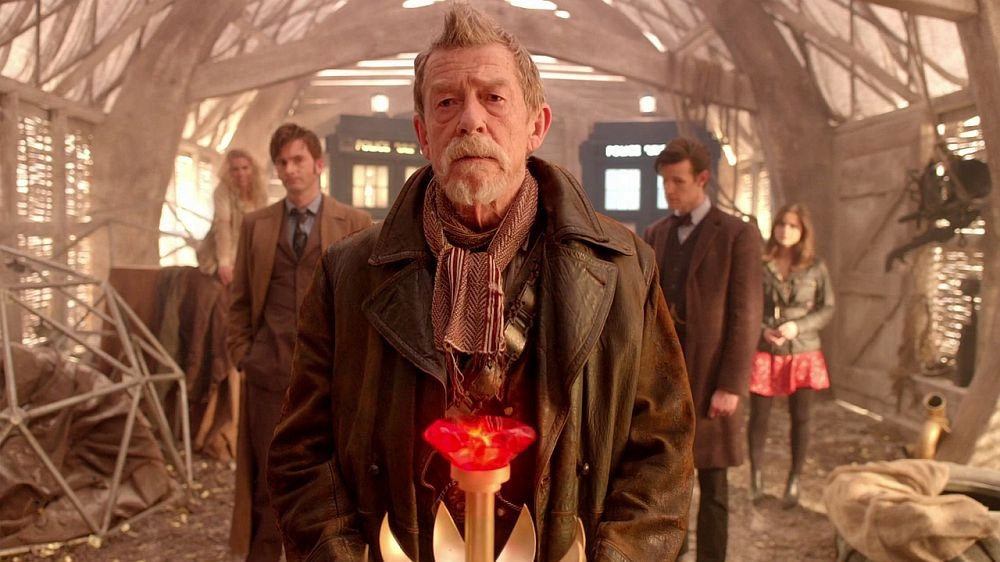
At the climax of the Time War, all thirteen Doctors manage to save Gallifrey and the Time Lords by placing them into a pocket universe. However, a crack in time means that the Time Lords are able to send a message through all of time and space, asking the question, ‘Doctor Who?’, in the hope of hearing a response from the Doctor which will prove to them that it is safe to return through the crack. This is the oldest question in the universe – the question hidden in plain sight, as foretold by the decapitated Dorium Maldovar.
The message is received by a number of the Doctor’s most formidable enemies, who converge near the location of the crack, in a small town called Christmas on the planet Trenzalore. Helping to maintain the peace between the town of Christmas and its enemies is the Papal Mainframe: a quasi-religious, inter-galactic, peace-keeping body which is headed by a charismatic, and sometimes psychopathic, Mother Superious with whom the Doctor shares a romantic history.
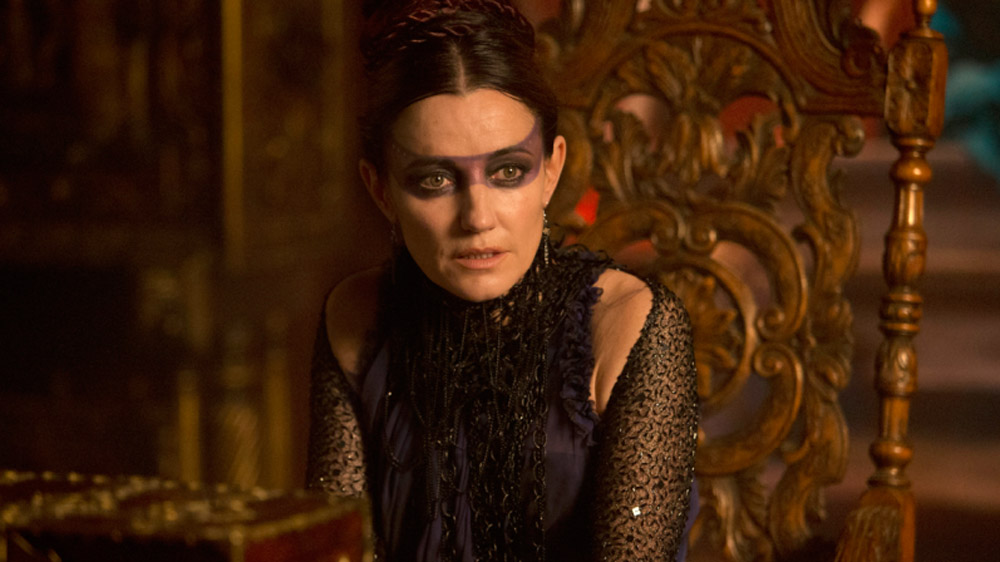
Christmas is shrouded by a truth field to ensure that, when the Doctor speaks his name, he speaks the truth. But the Mother Superious cannot allow the return of the Time Lords, as this would cause another Time War, and so dedicates her organisation to the pursuit of the Doctor’s silence, vowing, in words that have haunted the Eleventh Doctor all his life, ‘Silence will fall!’
A splinter group of the Papal Mainframe organisation, the Kovarian Chapter, also wants to prevent a war. Using the Mainframe’s confessor priests, the Silence, as their soldiers, the Kovarian Chapter decide to stop the Doctor ever reaching Trenzalore and stating his name, so they try to kill him by travelling back along his timeline and creating a charismatic psychopath to be his executioner: River Song, who is the daughter of the Doctor’s companions, Amy Pond and Rory Williams.
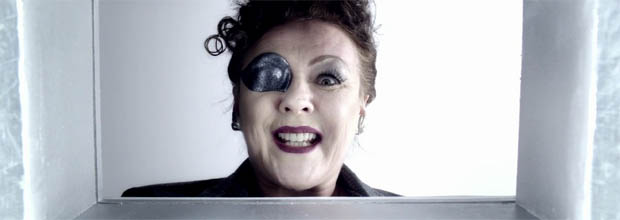
However, even though River and the Doctor’s timelines do not run in parallel, she grows up to begin an out-of-sequence romance with him, and fights against her conditioning.
The Kovarian Chapter imprison River in an astronaut suit which controls her actions and forces her to shoot the Doctor on the banks of Lake Silencio on 22 April 2011: a fixed point in time. But River rewrites the action, which results in time getting stuck in a groove, creating an alternate reality where all of history happens simultaneously. In order to save the universe, the Doctor and River marry, and time is restarted during the wedding ceremony when the two kiss.
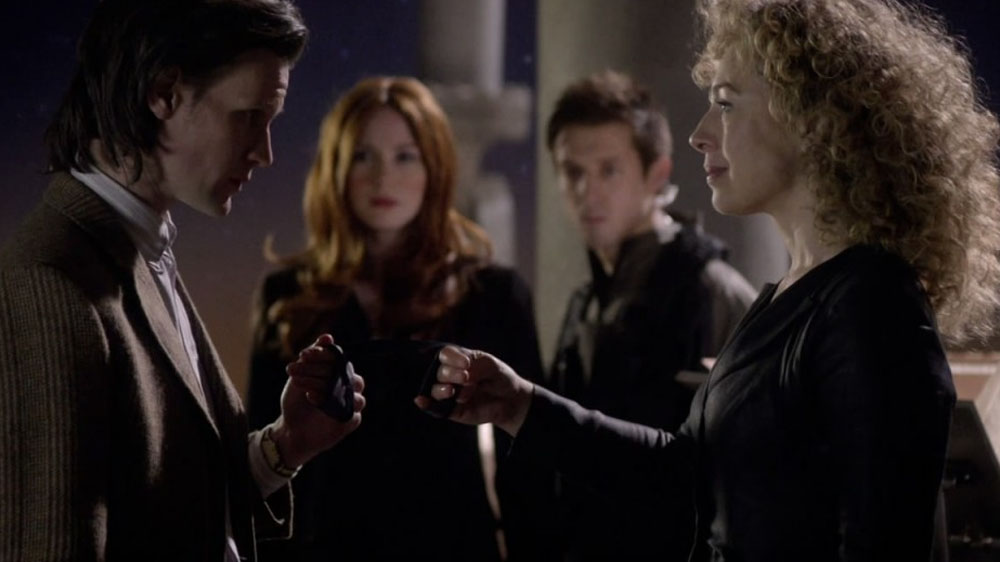
As time is unfrozen, so too is River’s shooting of the Doctor, but the Doctor is miniaturised inside a Teselecta robot at the time, and so is saved. The Kovarian Chapter then travel back further along the Doctor’s timeline and elect instead to destroy the TARDIS, with River inside it.
Meanwhile, another alliance, a different collection of the Doctor’s most formidable enemies, decide to prevent the explosion which created the cracks. Considering the Doctor responsible, they capture the Doctor and imprison him inside the Pandorica – a trap that has been created out of the childhood memories of his companion, River Song’s mother, Amy Pond.

Amy is the first person the Doctor met in his current organisation – a girl who didn’t make sense, and the one whose crack in her bedroom wall alerted him to the existence of the cracks in the first place.
The Alliance fails in its endeavour, and the ensuing explosion – which had been foreseen in a painting by Vincent Van Gogh – destroys the universe on 26 June 2010, creating the very cracks in time that caused all the bother in the first place. The collapse of the universe causes history to shrink and extinguishes all the stars in the night sky; but the now-freed Doctor uses the power of the exploding TARDIS to re-boot the universe, initiating a Big Bang 2 which creates a restored version of reality.
The Doctor, however, in being at the heart of the explosion, is slowly extinguished from reality. He travels back along his own timeline, implanting memories of himself in the life of Amy Pond which awaken on her wedding day, when her conscious remembrance of him brings him back to life.

After Amy and the Rory are sent back in time by the Weeping Angels, the Doctor then meets another impossible girl, Clara, who appears to him as seemingly the same woman on the Dalek prison planet, in Victorian London and in the present day.
Mindful of Dorium Maldovar’s warning that the Eleventh would fall on the fields of Trenzalore, the Doctor and Clara visit the planet Trenzalore and see the Doctor’s tomb, whereupon the Great Intelligence enters the Doctor’s time stream to rewrite his life. Clara jumps in too and travels back along his timeline in order to correct it, thereby splintering herself in time and creating multiple versions of herself, two of which the Doctor has met before.
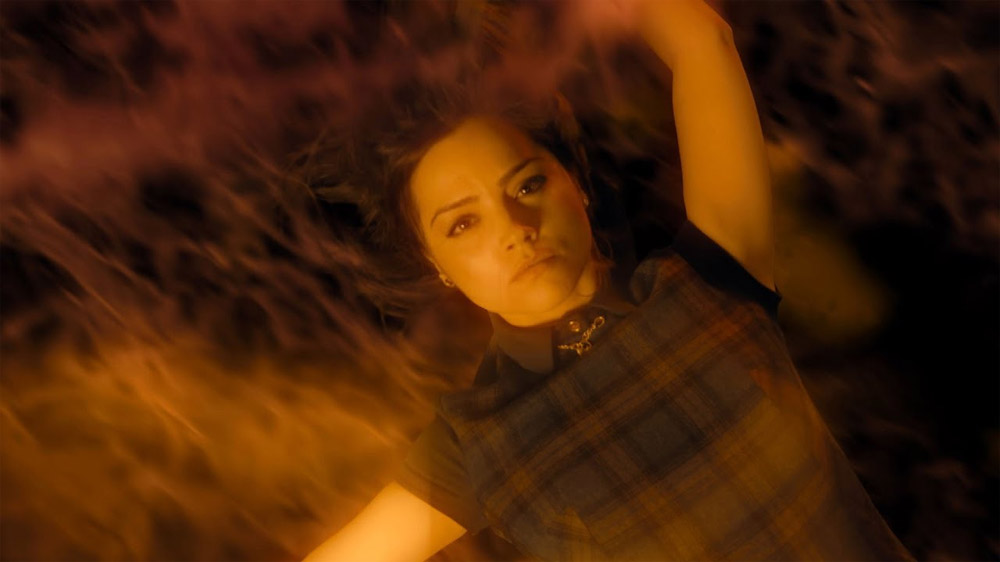
Later, when Clara and the Doctor revisit Trenzalore, Clara asks the Time Lords to help save the Doctor’s life, which they do by bequeathing him a new regenerative cycle. This action either undoes the events of their visit to Trenzalore, meaning that the Doctor never dies and is buried there, or it delays his death and burial to a distant point in the future. A burst of regenerative energy enables the Doctor to blow up his enemies when he regenerates.
Do you reckon we’ve got that right? Let us know below…

